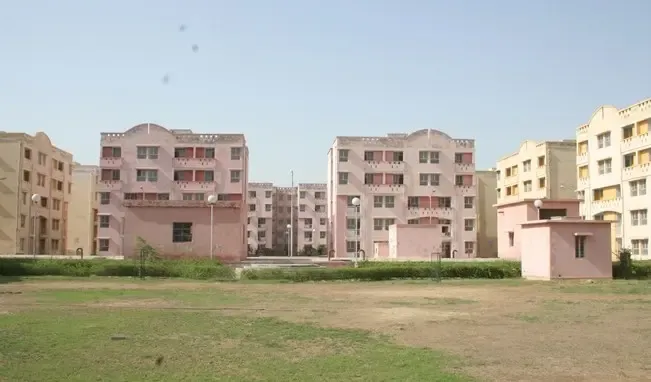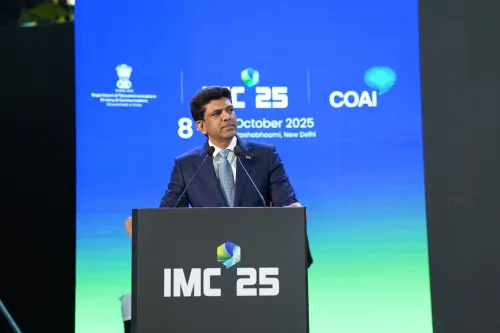NITI Aayog Launches Housing Initiative for Industrial Workers to Enhance Manufacturing Workforce: ICEA

New Delhi, Dec 21 (NationPress) The initiative by NITI Aayog to ensure secure, affordable, flexible, and efficient housing for industrial workers is crucial for meeting the current and future demands of the domestic manufacturing sector, as stated by the India Cellular and Electronics Association (ICEA) on Saturday.
NITI Aayog has published a detailed report that outlines the significant impact of secure, affordable, flexible, and efficient (S.A.F.E.) accommodations on enhancing India’s manufacturing capabilities.
This report tackles vital issues affecting workforce stability, productivity, and inclusivity, which are necessary for advancing India’s goal of becoming a global manufacturing powerhouse.
“This extensive framework by NITI Aayog provides actionable solutions to persistent challenges like the lack of housing close to industrial areas, which have historically led to workforce turnover, instability, and decreased productivity,” remarked Pankaj Mohindroo, Chairman of ICEA.
Moreover, the report's focus on gender-inclusive strategies represents a crucial step towards increasing the participation of women in the manufacturing sector, an area particularly advantageous for the electronics industry, he noted.
The nation aims to boost the manufacturing sector’s contribution to GDP from the current 17% to 25% as part of its long-term vision for achieving Viksit Bharat by 2047.
Key regulatory and financial reforms suggested in the report include fostering mixed-use developments in industrial regions to shorten commute times and enhance worker accessibility, as well as promoting partnerships between the government and private entities with Viability Gap Funding (VGF) support to tackle financial obstacles and expedite project progress.
It also recommends reclassifying worker accommodations as residential properties to facilitate lower taxes, utility rates, and GST exemptions, thereby making such projects more attractive for private investors.
“By addressing challenges such as restrictive zoning regulations, elevated operating expenses, and insufficient housing capacity, this report offers a strategy to dismantle barriers that have traditionally hindered industrial expansion,” Mohindroo concluded.









